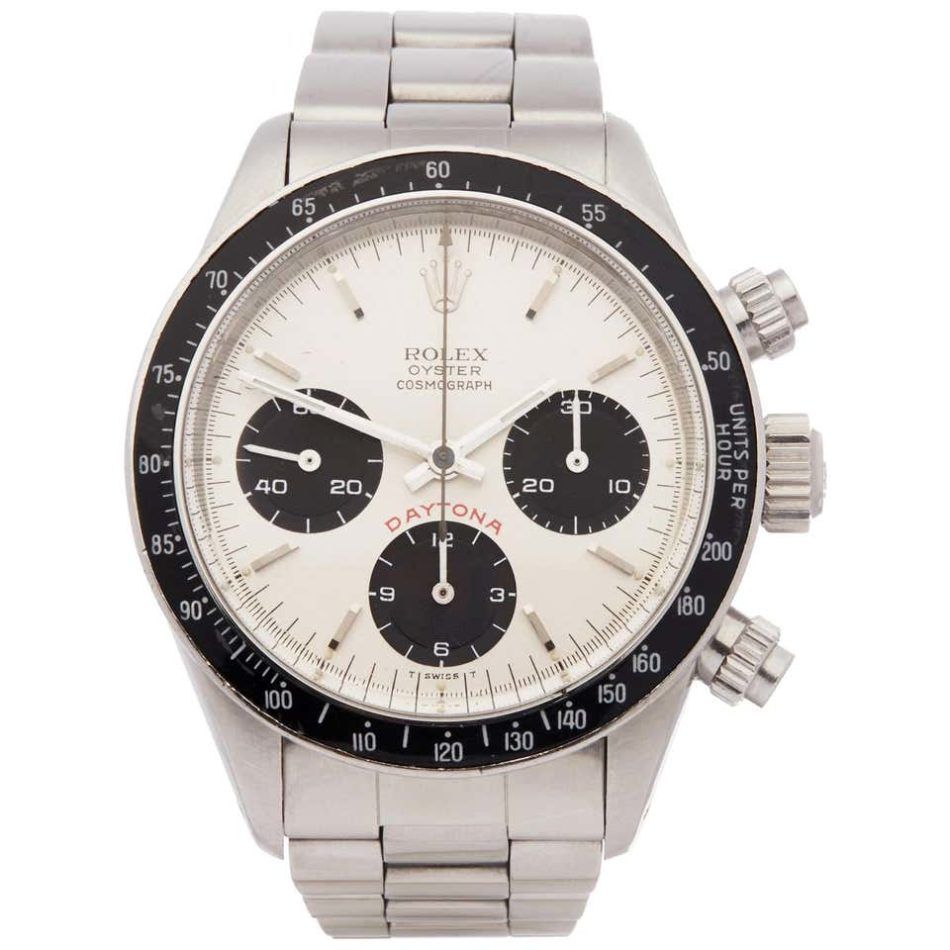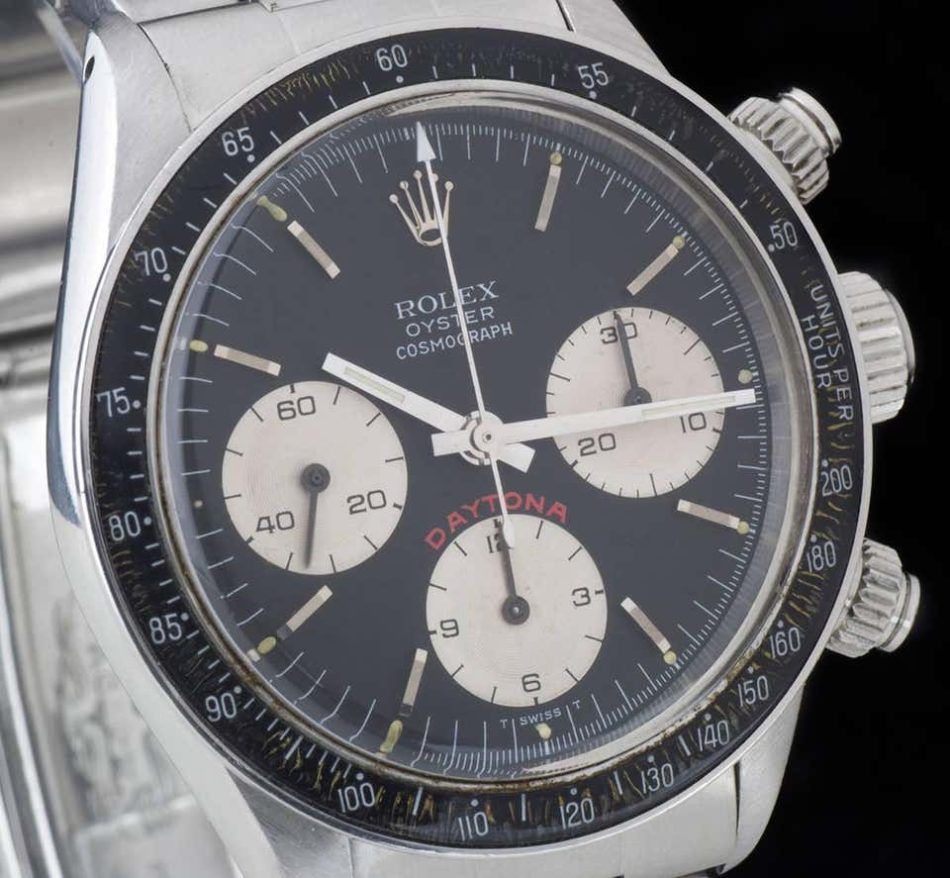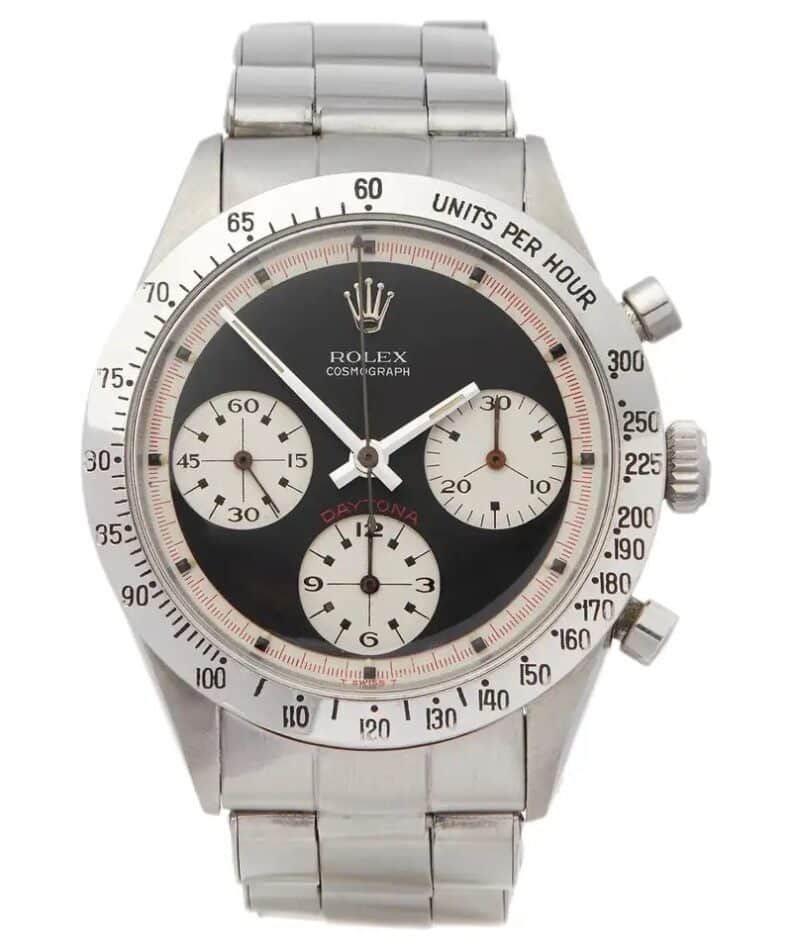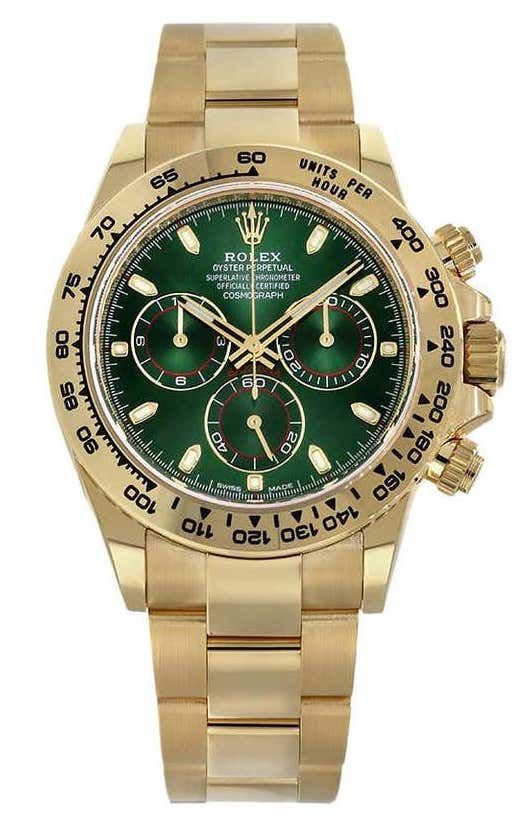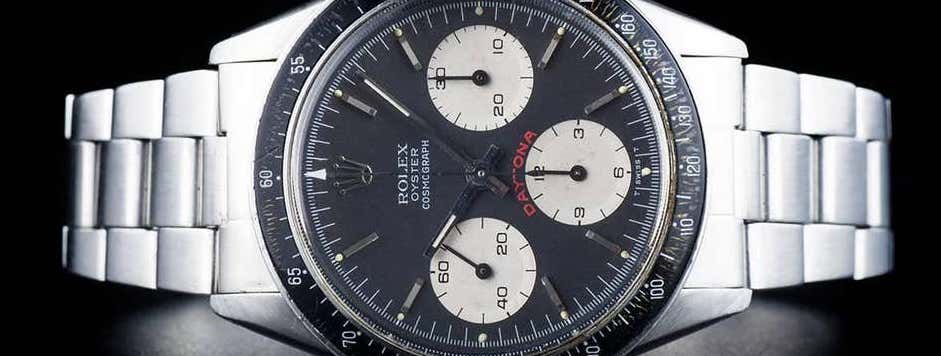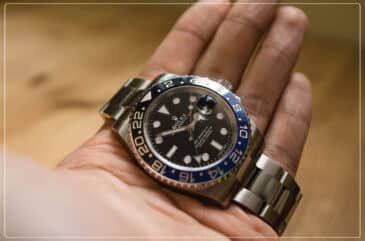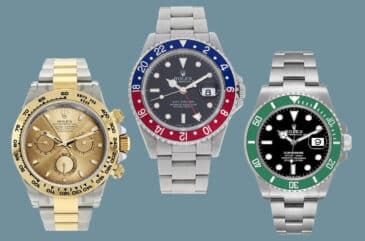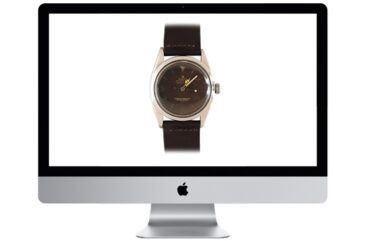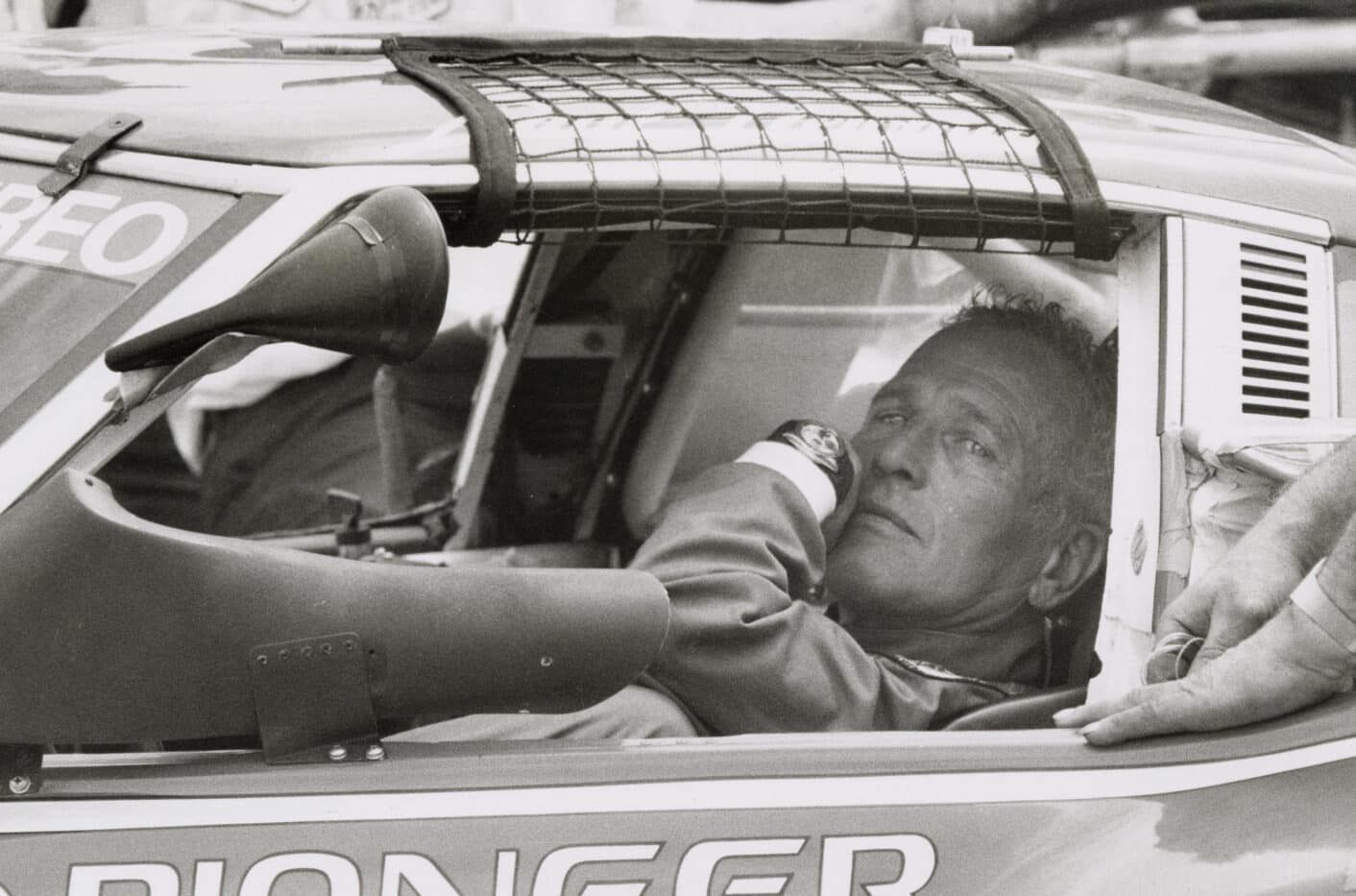
On a breezy day last summer, a Vietnam veteran brought his carefully preserved vintage watch to a North Dakota taping of the PBS program Antiques Roadshow to be valued by a professional. He had purchased the watch in 1974 for $345.97 (with his 10 percent military discount) but then decided it was too nice to wear and stashed it away in a safe deposit box.
As the cameras rolled and appraiser Peter Planes explained that pieces similar to the man’s 1971 reference 6263 Rolex Oyster Cosmograph, otherwise known as a Rolex Daytona, could sell at auction for as much as $400,000, the vet — literally bowled over — fell to the ground. The final valuation, though, was much higher. Because of its pristine condition and accompanying documentation, Planes said, his Daytona could fetch up to $700,000.
That segment of the episode, which aired January 27, immediately went viral.
Yes, the watch was a Rolex, and sure, it was in mint condition. But those two factors alone hardly explain such a jaw-dropping estimate. The fact is the Daytona isn’t just any watch. It commands prices — and attention — like no other Rolex model and like very few other timepieces in the world.
Aside from its undeniable wrist presence and impeccable Swiss craftsmanship, its links to both the high-octane world of auto racing and the glamour of one of Hollywood’s most admired leading men make it the ne plus ultra of tool watches.
Built for Speed
In 1962, Rolex was named official timekeeper of the Daytona International Speedway, the home of American stock-car racing. The following year, it introduced the Cosmograph reference 6239 in honor of the partnership.
Like all chronographs, the Cosmograph functioned as both a watch and a stopwatch. Pushers on either side of the crown started, stopped and reset the count. The Cosmograph also sported a tachymeter scale for determining average units per hour (whether miles or kilometers). But unlike the manufacturer’s previous chronographs, this new reference, designed especially for racing, displayed it on the bezel instead of the dial for easier reading while the wearer gripped the wheel at top speeds. The model was soon nicknamed the Daytona after the Florida raceway, though the moniker didn’t appear on its face until 1964.
The watch gained its Oyster designation with the introduction of reference 6240 in 1965. This iteration included a crown and pushers that screwed down to completely seal the case and increase water resistance. Also in 1965, Rolex began marketing the chronograph with a choice of dials. In addition to the standard watch face, made in-house, it offered variants created by Singer, a supplier specializing in dials. These “exotic” versions differed from the standard faces in a few key ways. A rounded Art Deco font was used for the numerals, and the hash marks around the watch’s subdials were lollipop style, with square tips. Also, the minute track around the dial’s circumference was separated from the center by a bit of a step and was most often rendered in a contrasting color.
At the time, these dials weren’t popular with Rolex customers. Neither, particularly, was the watch’s movement. The manual-wind movement sourced from Swiss maker Valjoux, the Valjoux 72 caliber, was known for its remarkable reliability. But by the early 1970s, with the industry’s shift to self-winding movements, manually wound watches seemed outdated. Despite the Daytona’s impressive accuracy, durability and design, sales were lackluster, and it wasn’t uncommon to find retailers looking to unload Daytona references at a discount.
The Paul Newman Effect
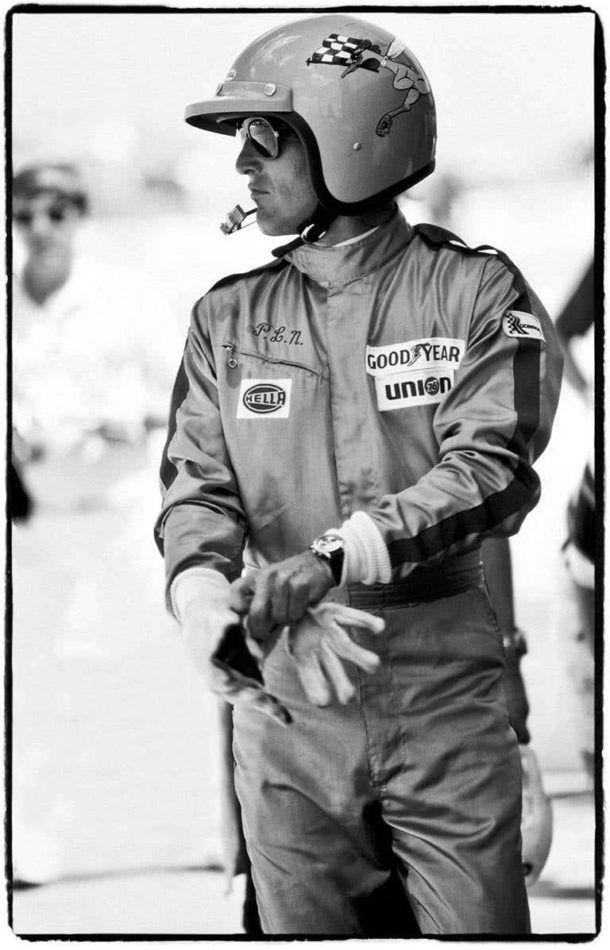
If not for silver-screen legend Paul Newman, the Daytona might have languished forever, quietly accumulating dust on storeroom shelves.
Besides being one of the most celebrated actors of his generation, with critically acclaimed performances as renegades and antiheros in films like The Hustler, Hud, Cool Hand Luke and Butch Cassidy and the Sundance Kid, Newman was an avid racing enthusiast. For his role in the 1969 movie Winning, he trained at the Watkins Glen Racing School, where he fell in love with motorsports.
In support of his passion, his wife (and Winning costar), Joanne Woodward, gave him an exotic-dial 1968 Rolex reference 6239, albeit with the cautionary words “Drive Carefully Me” engraved on the case back. Newman began racing professionally in 1972 and is said to have worn the watch every day, both on and off the track. The ruggedly handsome star was captured in countless paparazzi and publicity photos seemingly never without the same beloved Daytona.
Collector interest in the Daytona started to take off in the 1980s. According to one (perhaps apocryphal) story, Italian dealers and aficionados had seen the actor and his watch on the cover of an Italian magazine and began to refer to all Daytonas made with exotic Singer dials as Paul Newman Daytonas, igniting their popularity. Although the Daytona had fallen somewhat off the radar in the ’60s and ’70s, its auction prices began to soar in the ’80s and ’90s.
Since then, Paul Newman Daytonas have become holy grail watches — widely sought but difficult to acquire — for many collectors. What some have called the ultimate grail watch, Newman’s own reference 6239 (a.k.a. Paul Newman’s Paul Newman), sold at Phillips auction house in New York in October 2017 for $17.8 million. The consignor, James Cox, had received the piece as a gift from Newman in 1984, when he was dating the actor’s daughter Nell. Cox pledged to donate a significant portion of the proceeds to the Nell Newman Foundation, where he sits on the board.
Timelessly Cool
Like a Schott Perfecto leather jacket or a pair of aviators, the Rolex Daytona has officially reached icon status. Today’s Daytonas are self-winding and come in a range of materials, including 18-karat gold (yellow, white or rose) and platinum, although the hardest to come by are the stainless-steel versions, which can have dealer wait lists as long as two years. Equally statement-making on men and women, Daytonas have been spotted on the wrists of actors like Daniel Craig and Sofia Vergara, fashion elites like Naomi Campbell and Victoria Beckham and Grammy winners like Jay-Z and John Mayer. In fact, Jay-Z took things a step further by sending gold Rolex Daytonas to VIP guests last November in advance of his inaugural Shawn Carter Foundation Gala.
Unfortunately, the Daytona’s desirability makes it attractive to counterfeiters as well. Whether the goal is to purchase a new or vintage model, the best advice is to “buy the seller” — in other words, choose the source as carefully as the watch itself. Then, channel Paul Newman’s effortless charm and wear the Daytona like a boss.
